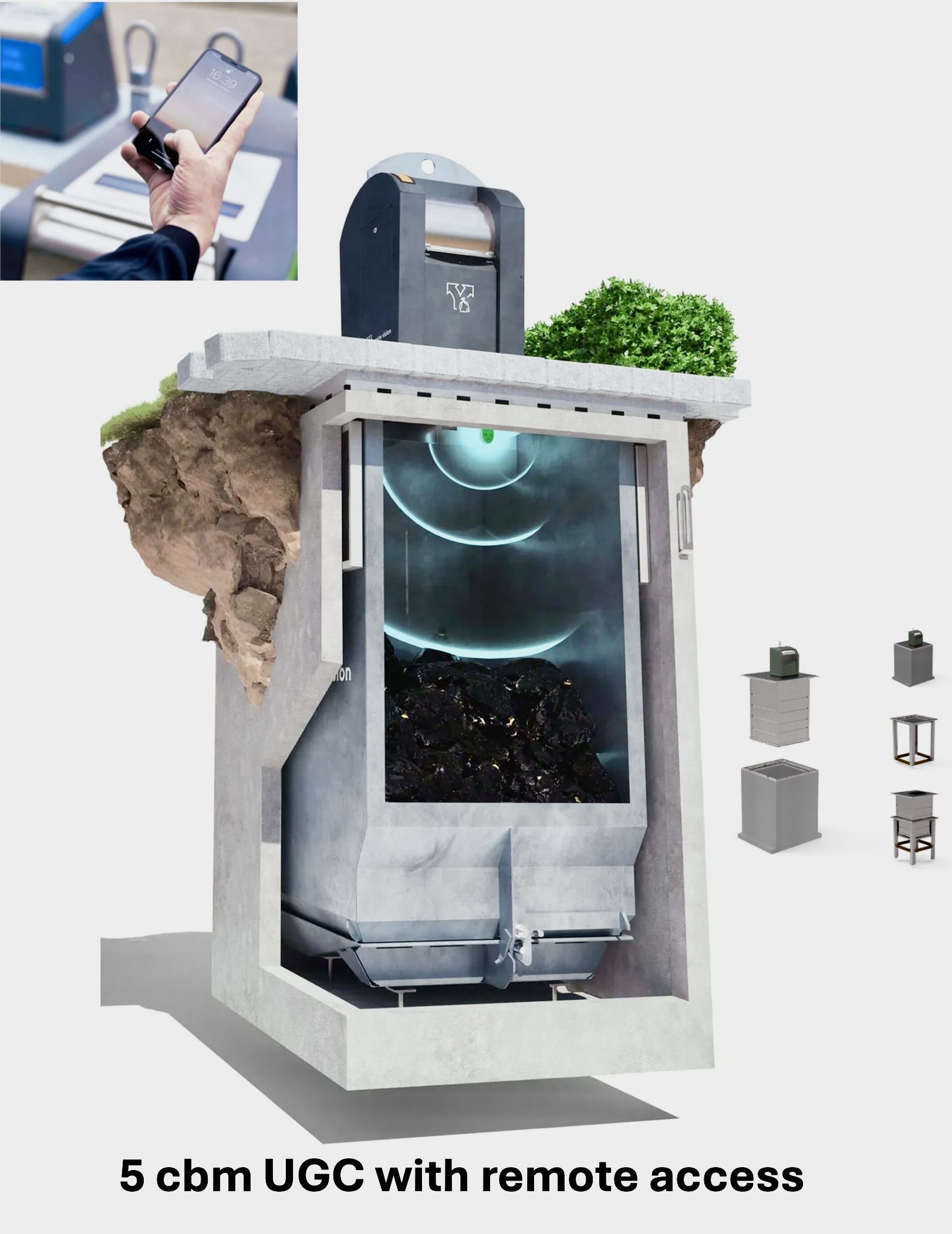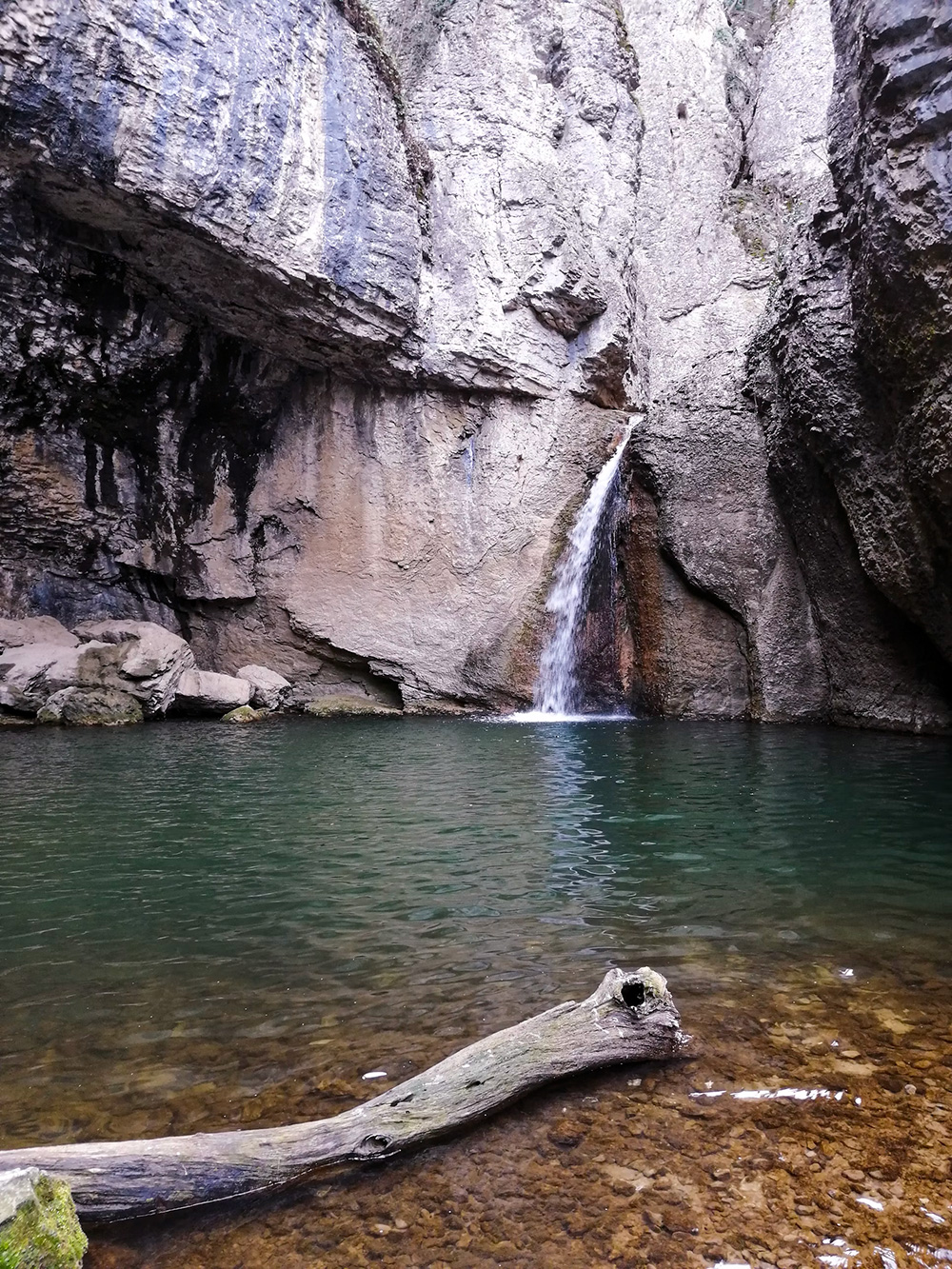University of Tartu
Обща информация
| Организация | University of Tartu |
|---|---|
| Области, представляващи интерес |
|
| Интересувате ли се от международни проекти? |
Да
|
| Ключови думи |
|
| Държава |
Estonia
|
| Тип на сътрудничество |
Асоцииран бенефициент
|
| Предишен опит по Програма LIFE |
Не
|
| Правен статут |
Образователна и/или изследователска институция
|
| Описание на организацията и опита (на английски) |
Institute of Chemistry Environmental Technology laboratory deals with waste treatment, nitrogen, phosphorus, organic pollutants removal from sludge, sediments. Surplus sludge and compost heavymetal and pharmaceuticals (cip, ibu etc) removal and precious metals valourizing from sludge. Anaerobic ammonium oxidation performing bacteria cultures have been used for sidestream and mainstream wastewater treatment in laboratory and pilot-scale. Earlier anammox-Microbial fuel cell combinations have been studied. Mainstream treatment can be applied as organic carbon for electric power generation, and subsequently nitrogen for autotrophic nutrient removal. Published more than 40 papers in reputed scientific journals. Cooperation with water works companies for novel treatment solutions and sludge composting, waste usage in building material. Using peat as building material.
Projects: 2019 Integrated MFC-MBR system using low-cost, multifunctional ceramic membrane for efficient wastewater treatment and electricity recovery- Indigo European-India project 2020-2023 Identifying best available technologies for decentralized wastewater treatment and resource recovery for India (1.08.2019−31.07.2023). Horizon2020, European Council. 2012-2015 Collaborative research project under framework on Estonian Energy Technology Program between Tallinn University of Technology (Estonia), University of Tartu „Anaerobic digestion process optimization and development of control and monitoring systems for biogas processes“ 2014-2015 Interactive Water Management in Baltic sea region (BSR) 2012-2015 Application of anaerobic nitrogen removal processes for treatment of diverse wastewater streams. 2010-2015 Optimization of anaerobic energy technology and monitoring 2012-2014 Chemical-biological water treatment (Chembio) 2012-2013 Nitrogen balance analyses for recirculating aquaculture system (RAS) fish farm sludge
|
| Описание на организацията и опита (на български) |
Projects: 2019 Integrated MFC-MBR system using low-cost, multifunctional ceramic membrane for efficient wastewater treatment and electricity recovery- Indigo European-India project 2020-2023 Identifying best available technologies for decentralized wastewater treatment and resource recovery for India (1.08.2019−31.07.2023). Horizon2020, European Council. 2012-2015 Collaborative research project under framework on Estonian Energy Technology Program between Tallinn University of Technology (Estonia), University of Tartu „Anaerobic digestion process optimization and development of control and monitoring systems for biogas processes“ 2014-2015 Interactive Water Management in Baltic sea region (BSR) 2012-2015 Application of anaerobic nitrogen removal processes for treatment of diverse wastewater streams. 2010-2015 Optimization of anaerobic energy technology and monitoring 2012-2014 Chemical-biological water treatment (Chembio) 2012-2013 Nitrogen balance analyses for recirculating aquaculture system (RAS) fish farm sludge
|
| Референции на проекта |
Institute of Chemistry Environmental Technology laboratory deals with waste treatment, nitrogen, phosphorus, organic pollutants removal from sludge, sediments. Surplus sludge and compost heavymetal and pharmaceuticals (cip, ibu etc) removal and precious metals valourizing from sludge. Anaerobic ammonium oxidation performing bacteria cultures have been used for sidestream and mainstream wastewater treatment in laboratory and pilot-scale. Earlier anammox-Microbial fuel cell combinations have been studied. Mainstream treatment can be applied as organic carbon for electric power generation, and subsequently nitrogen for autotrophic nutrient removal. Published more than 40 papers in reputed scientific journals. Cooperation with water works companies for novel treatment solutions and sludge composting, waste usage in building material. Using peat as building material.
|
University of Tartu
Контактна информация
life bulgaria
Най-новите ни партньори
Община Свищов
Асоцииран бенефициент, Координиращ бенефициент, Съфинансиращо лице
Публичен орган
България
Kaloyan Stankov
Асоцииран бенефициент, Координиращ бенефициент, Подизпълнител
Физическо лице
България

Waste Management Bulgaria 1 OOD
Подизпълнител, Експерт
Компания
България
malenko stoianov
Асоцииран бенефициент, Координиращ бенефициент, Съфинансиращо лице
Физическо лице
България





